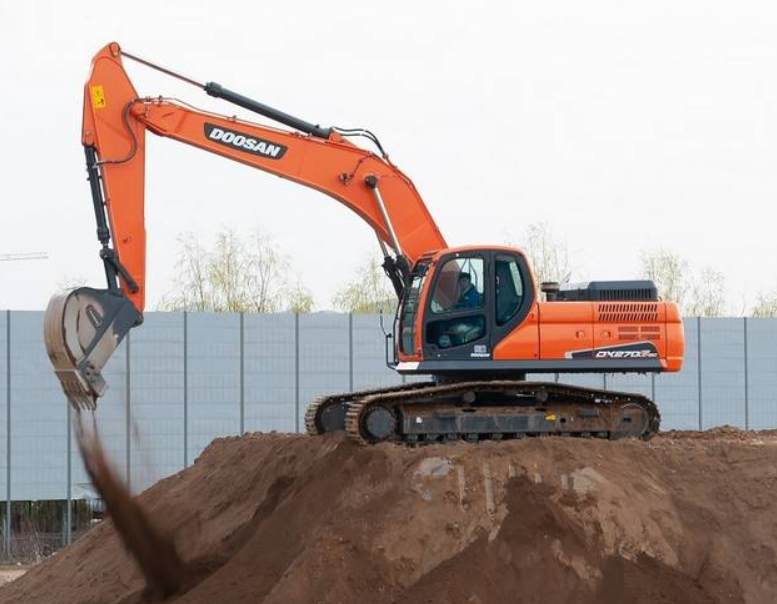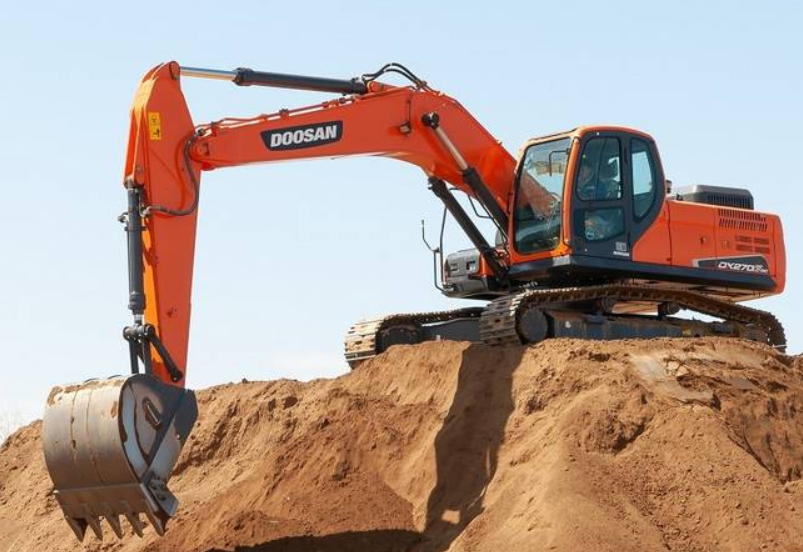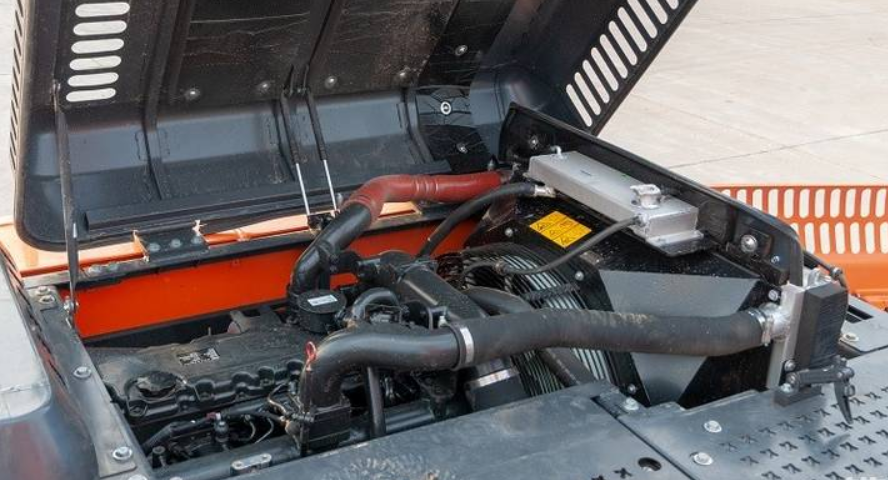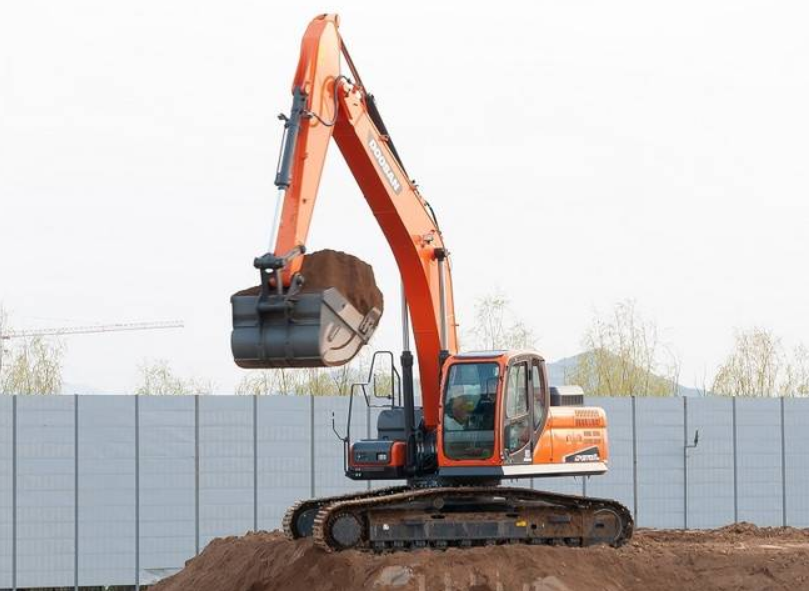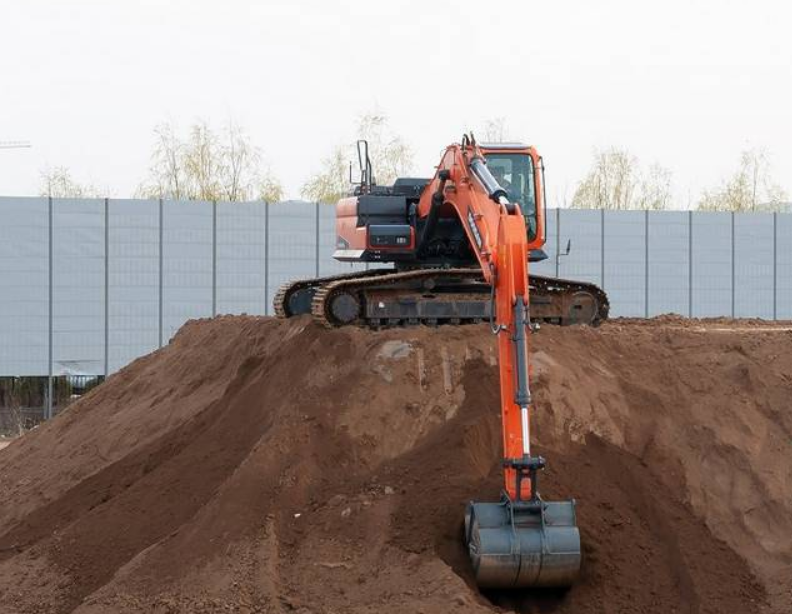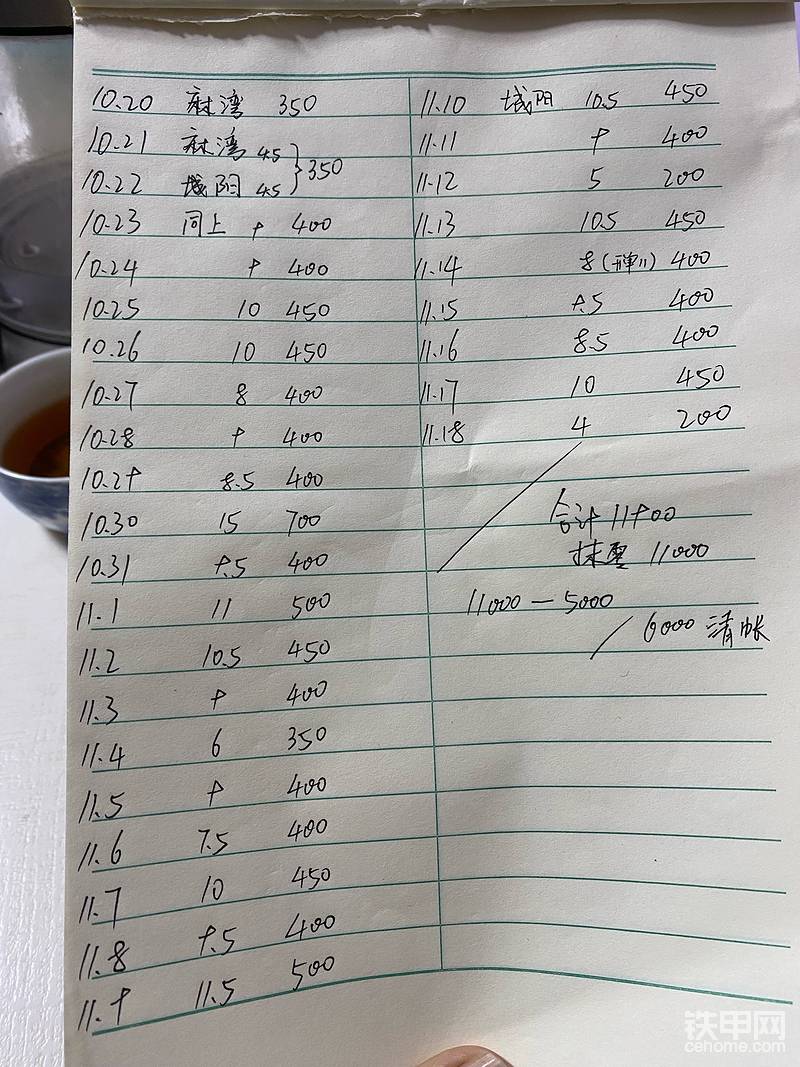An Introduction to Drilling Methods for Rotary Drilling Rigs
A skilled operator should always be aware of the soil or rock type and its strength during drilling. Choosing the right drill rod, drilling tool, and drilling method is crucial for efficient operation, minimal wear, lower load, and maximum drilling speed.
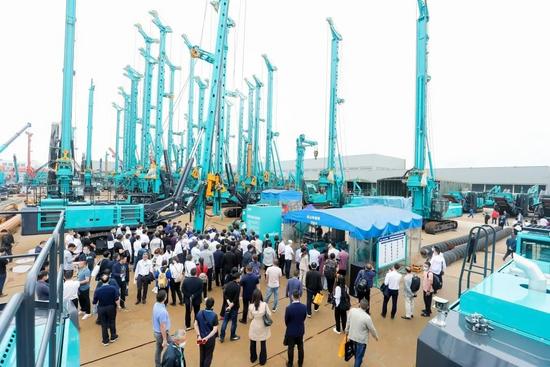
Based on ground conditions, rotary drilling rigs generally use four main drilling methods: cutting, crushing, scraping, and grinding.
1. Cutting Method
In cutting drilling, bucket teeth and a double-bottom sand bucket are used with a friction Kelly bar. This method works well in soft, low-resistance layers with an unconfined compressive strength up to about 400 kPa, such as clay, silt, or sandy soils. The bucket teeth rotate to cut through the material, reducing resistance and increasing drilling speed.
2. Crushing Method
The crushing method uses pick teeth and a double-bottom rock bucket. Depending on the ground strength, either a friction Kelly bar or a locking Kelly bar can be used. This method is suitable for harder formations with a strength of 500–1000 kPa, such as gravel layers, mudstone, sandstone, shale, or moderately weathered rock. Additional crowd force is applied, and the pick teeth break the material through the carbide tips.
3. Scraping Method
The scraping method can be used with either a double-bottom sand bucket or a double-bottom rock bucket fitted with special teeth. This method is ideal for formations like cobble layers, where pebbles are irregularly arranged and cannot be easily cut or crushed. The operator lifts the drill rod using the main winch and gently scrapes or loosens the cobbles with the bucket teeth. Once the material is loosened, the bucket is lowered to collect it. This reduces the impact force and avoids excessive vibration.
4. Grinding Method
The grinding method uses rock core barrels and roller bits together with a locking Kelly bar. It is suitable for rock layers with uniaxial compressive strengths ranging from a few MPa to several tens of MPa, typically for end-bearing rock-socketed piles. A core barrel cuts and grinds into the rock by ring cutting, or a roller bit grinds the rock surface. Depending on the rock’s strength, brittleness, and fractures, some crushing may also occur during this process.
Summary
By selecting the appropriate drilling method according to geological conditions, operators can work more safely and efficiently, extending the equipment’s life and improving overall project quality.
